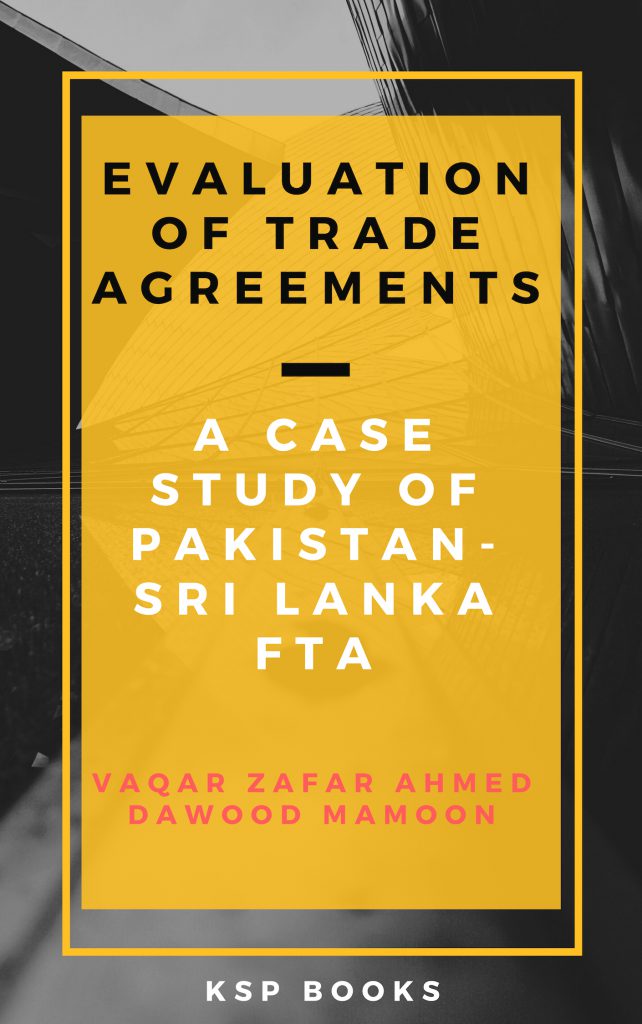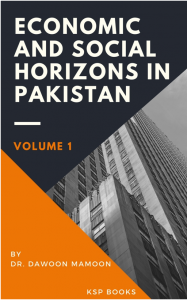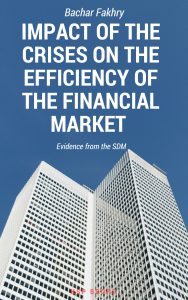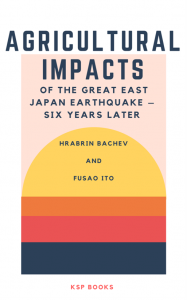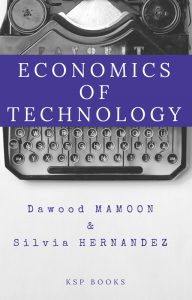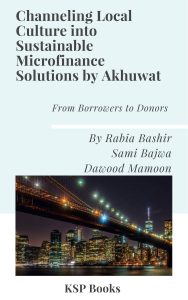Synopsis
Over the past decade Pakistan remained involved in two major trade agreements with in the South Asia (Pakistan & Sri-Lanka FTA and SAFTA). It is meaningful from an operational and policy perspective to evaluate Pakistan’s trade performance in South Asia against its objectives of greater trade integration and suggest policy interventions to improve its effectiveness. In order to achieve this objective, current study evaluates the Pakistan’s overall and chapter-wise trade performance with SAARC major SAARC economies for the last seven years (2003-09). This study has been disaggregated into two parts: In the first part of the study, an assessment of trade performance of SAARC members is carried out with respect to the rest of the world. Pakistan’s trade performance vis-à-vis other SAARC members is the focus of this part. In the second part Pakistan’s trade performance in South Asia has been analyzed and policy interventions have been suggested to improve its effectiveness. Certain trade indicators like Trade Complementarity Index (TCI), Trade Specialization Index (TSI), Grubel Lloyd Index (GLI), Revealed Comparative Analysis (RCA), Bilateral Revealed Comparative Analysis BRCAs and Revealed Market Access (RMA) have been employed to achieve the above objectives.
Contents
About Author
ISBN
978-605-2132-85-2
Date of Publication
December 15, 2018
File Size: 1299 KB
Length: ix + 52 pages
This work is licensed under a Creative Commons Attribution 4.0 International License.
